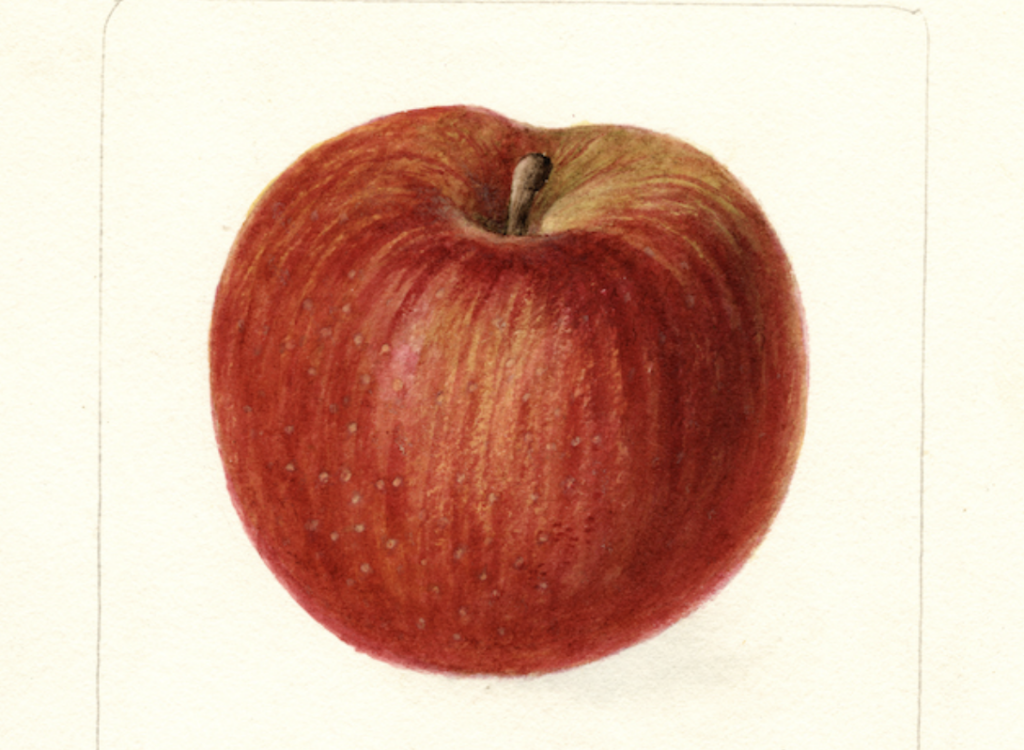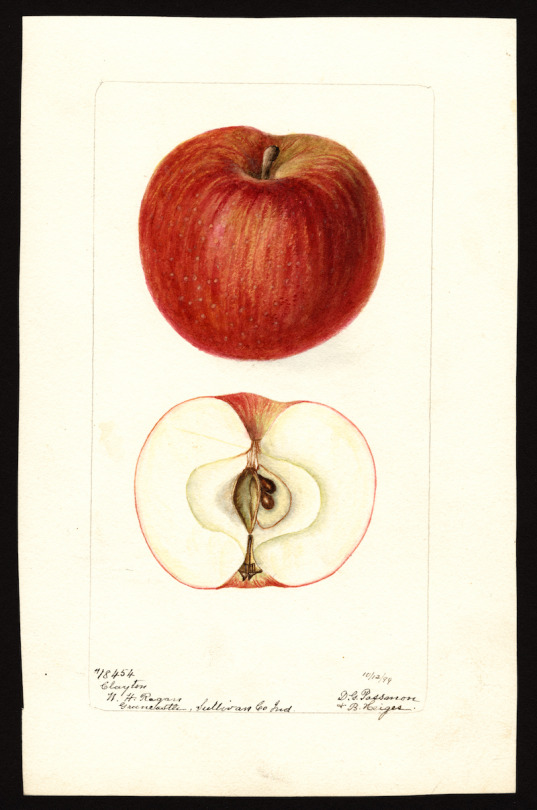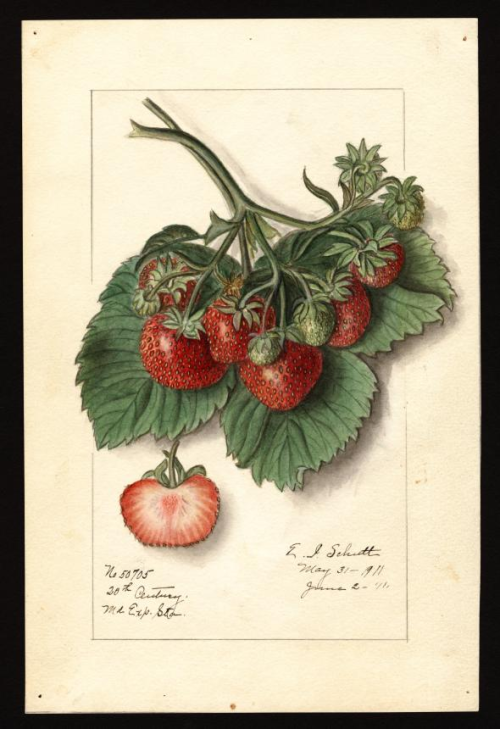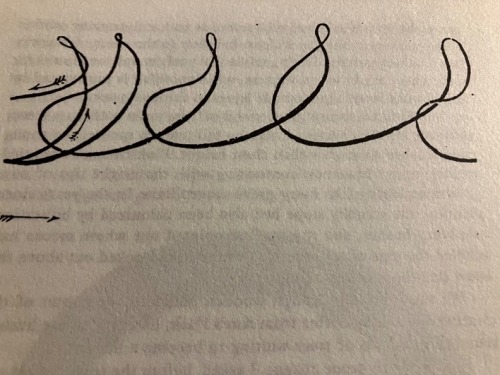
icon: Cressida Campbell"I know the human being and fish can co-exist peacefully."
35 posts
Latest Posts by calystegia - Page 2
I learned that the fruit of the [mesquite] tree was one of many in our landscape that had evolved to be eaten by the giant mammals who disappeared from this continent not long after humans showed up, one of those factual nuggets that punctuate a truth about the deep history of the Anthropocene in ways reading alone cannot. […] [W]e will soon need to learn not to take for granted things like the wild food that goes uneaten due to the absence of the animals whose extinction our dominion coincided with.
I wonder what kind of cake we will make, if we have to make it from the fruit of the old tree that grew up in the brownfield.
Christopher Brown, A Natural History of Vacant Lots: Field Notes from Urban Edgelands, Back Alleys, and Other Wild Places (2024)
In an age that witnessed considerable support for social improvement, public schools often took center stage. By the 1830s, a chorus of reform-minded people began to sing the praises of free, tax-supported schools: Thaddeus Stevens, later a prominent Republican activist in Pennsylvania; Catharine Beecher, advocate of more educational opportunities for women; Caleb Mills, an evangelical minister who later became Indiana's leading common school advocate; and even notable Southerners, who faced the greatest opposition and whose efforts bore the least fruit. Enthusiasm for social improvement through education flourished. Since the turn of the century, countless pamphlets, speeches, reports, petitions, testimonials, newspaper editorials, books, and articles had promoted the importance of education in a republic. A few dozen educational periodicals also popularized the cause of learning by promoting a class-inclusive school system, especially for white children.
In Philadelphia, New York, and other cities, the editors of workingmen's newspaper - the voice of the skilled artisan minority - despaired over the fate of youth as apprenticeships declined and unskilled factory labor increased; they endorsed instituting a common system and eliminating the stigma attached to free schools. "I think that no such thing as charities should be instituted for the instruction of youth," wrote one articulate worker in the Mechanics' Free Press in Philadelphia in 1828. He favored free schools dependent not on "private charities" but "founded and supported by the government itself." One Ohioan added, "Unless the Common Schools can be made to educate the whole people, the poor as well as the rich, they are not worthy of the support of the patriot or the philanthropist." "Give to education... a clear field and fair play," said a recent immigrant in A Treatise on American Popular Education in 1839, "and your poor houses, lazarettos, and hospitals will stand empty, your prisons and penitentiaries will lack inmates, and the whole country will be filled with wise, industrious, and happy inhabitants. Immorality, vice and crime, disease, misery and poverty, will vanish from our regions, and morality, virtue and fidelity, with health, prosperity, and abundance, will make their permanent home among us.”
Born in an age when millennial ideals, such as universal peace and prosperity following Christ's imminent return to earth, influenced wide sectors of the population, the common schools became a useful barometer of the extensive social changes that transformed the nation before the Civil War. Cities, factories, and foreign immigration generated moral panic and social fears among many northern reformers, whose search for solutions to public ills centered on a more expansive public school system. Reflecting the contradictory passions of the reformers, schools not only favored greater access to literacy and academic study but simultaneously downplayed intellectual achievement by elevating the moral aims of instruction. America's ambivalent attitude toward the life of the mind and scholarship thus found expression in the nation's emerging school system, where character development and moral uplift took precedence even as lifeless instruction in academic subjects predominated. Setting a pattern that long endured, reform-minded citizens increasingly assumed that individual welfare and social progress depended on an extensive network of public schools.
william j. reese, america's public schools from the common school to "no child left behind"



At what point does an exploration of these images tip from information into knowledge? It’s hard to say, but it’s unlikely we would pursue either one if that pursuit didn’t also include its share of pleasure. Enter the USDA’s Pomological Watercolor Collection here to [view] and download over 7,500 high-resolution digital images like those above.
I wonder how many of these fruits & vegetables have changed since 1886?

